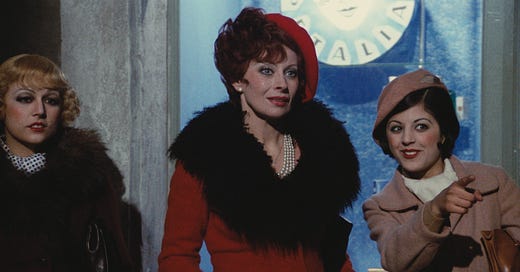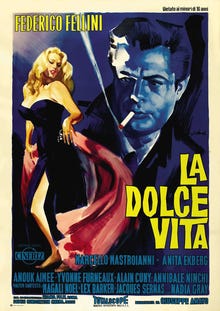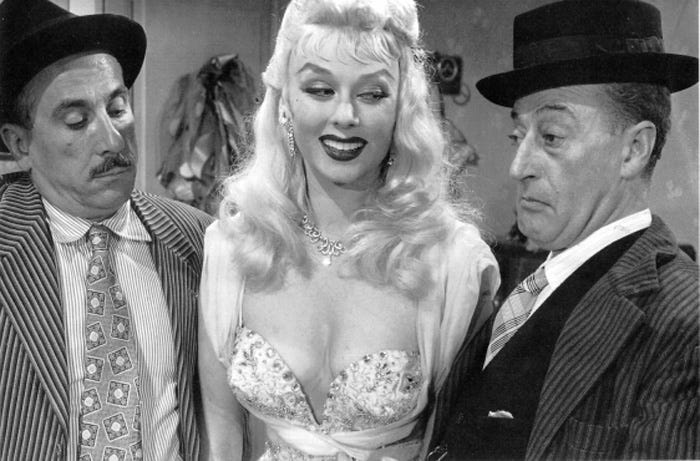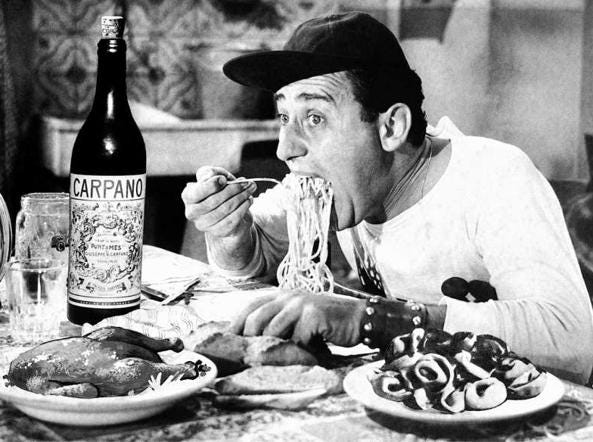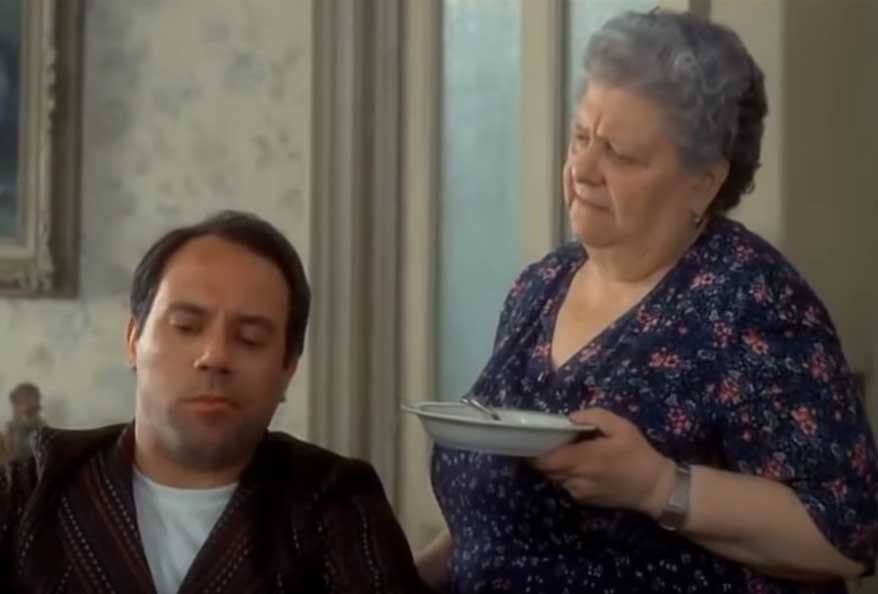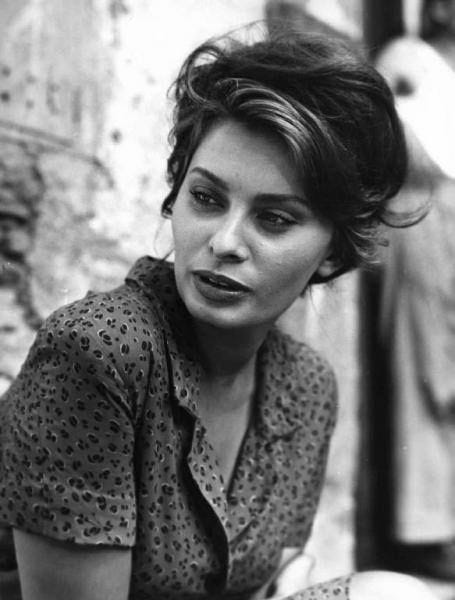A Journey Through Italian Cinema: Discovering Italy One Film at a Time
Italian cinema is not just a mirror of the nation, it’s the nation itself. Through its films, Italy tells its stories, argues with itself, laughs at itself and dreams out loud.
From the poetic sorrow of postwar neorealism to the absurdity of contemporary satire, Italian films carry within them the soul of a country shaped by contradiction and beauty.
They invite us to roam the chaotic streets of Naples, float through decadent Roman parties, or sit at quiet Sicilian dinner tables. This is not just cinema—it’s a sensory and emotional voyage through Italy’s identity.
A Cinematic Timeline: From Neorealism to Oscar Glory
Neorealism: The Cinema of the People
After World War II, Italy gave the world a cinematic revolution. Directors like Vittorio De Sica Ladri di biciclette, Roberto Rossellini Roma, Citta’ aperta and Luchino Visconti La Terra Trema turned away from artificial studio sets and told stories of ordinary people in real places.
Their films were raw, honest, and deeply humane.
Fellini, Amarcord, and the Dreamlike 60s and 70s
As Italy transitioned into modernity, cinema followed suit. Federico Fellini moved beyond realism into memory, fantasy and symbolism. Films like La Dolce Vita and 8½ reflected inner worlds as much as external ones.
His 1973 film Amarcord is a nostalgic, surreal love letter to his adolescence under fascism. At once intimate and grand, ridiculous and moving, Amarcord is a perfect example of how Italian cinema can transform personal memory into universal emotion.
In Amarcord, the scene of the boys laughing as they retell the moment when the mad uncle climbed a tree, shouting endlessly, “Voglio una donna!” (I want a woman!) , is perhaps one of the most iconic scenes in Italian cinema, blending absurdity with raw human longing.
Icons of the Screen: From Totò to Loren, Benigni to Verdone
Totò: The King of Italian Comedy
Antonio De Curtis, better known as Totò, remains one of the most iconic and beloved figures in Italian film. A master of physical comedy, linguistic play and Neapolitan charm, Totò portrayed the underdog, the trickster, the absurd everyman. In films like Totò, Peppino e la... malafemmina, he deconstructs Italian society with a twinkle in his eye and perfect comedic timing.
Totò wasn’t just funny, he was subversive. His comedy, rooted in Commedia dell’Arte and Neapolitan theatre, often skewered power, pretension and social norms, making audiences laugh while making them think.
Alberto Sordi: The Mirror of the Italian Soul
If Totò was the King of Comedy, Alberto Sordi was its everyman voice. With unmatched versatility, Sordi embodied the flaws, contradictions and charm of postwar Italians. From cowardly soldiers to vain office clerks, his characters were often ridiculous, yet painfully real. In films like Un americano a Roma and Il vedovo, Sordi held up a mirror to Italian society, making people laugh at their own weaknesses while hinting at deeper truths. His genius lay in his ability to critique with affection—a performer who didn’t judge his country, but portrayed it in all its messy humanity.
Carlo Verdone: The Neurotic Roman Everyman
No one captures Roman neuroticism better than Carlo Verdone. Writer, director and actor, Verdone gave life to a range of unforgettable characters: insecure hypochondriacs, awkward lovers, clueless tourists and pushy relatives. His films like Bianco, rosso e Verdone and Un sacco bello feel like home videos of a country trying to understand itself.
With affection and irony, Verdone makes us laugh at our own contradictions—offering both catharsis and comfort. His humor is always grounded in reality and his characters, however exaggerated, are recognizably Italian.
Sophia Loren: an iconic figure of both Italian and international cinema
Renowned for her beauty, talent, and unforgettable screen presence, Sophia Loren rose to fame in the 1950s and 1960s, becoming a symbol of Italian elegance and strength. Loren's most acclaimed performance was in the film La ciociara (Two Women), for which she won the Academy Award for Best Actress, the first ever given for a foreign-language performance. Her legacy continues to inspire generations of actors and filmmakers around the world.
Roberto Benigni and La Vita è Bella
Few Italian films have had the global impact of Roberto Benigni’s La vita è bella (1997). Set during World War II, it tells the story of a Jewish-Italian father who uses humor and imagination to shield his son from the horrors of a concentration camp.
The film won three Academy Awards and remains a powerful symbol of love’s ability to transcend tragedy. Benigni’s performance, full of manic energy and emotional depth, redefined Italian comedy for the modern world.
Laughter, Satire, and Holiday Traditions: The Evolution of Italian Comedy - Commedia all’italiana
In the 1950s and 60s, the genre of commedia all’italiana emerged, mixing humor with biting social commentary. Directors like Dino Risi (Il sorpasso), Mario Monicelli (I soliti ignoti) and Pietro Germi (Divorzio all’italiana) used comedy to address class struggle, outdated institutions and the rapidly changing Italian identity.
Fantozzi: The Cult Satire
Paolo Villaggio’s character Ugo Fantozzi occupies a unique space in Italian film. A tragicomic symbol of the oppressed white-collar worker, Fantozzi is humiliated, crushed by bureaucracy and mocked by fate, yet always endures.
Through him, Villaggio delivers one of the sharpest critiques of Italian society ever put to film.
Cinepanettone: Guilty Pleasures of the Holidays
The cinepanettone genre, popularized in the 1980s and 90s by Christian De Sica, Massimo Boldi and others, is Italy’s signature holiday comedy: slapstick, bawdy, formulaic and wildly successful.
Though often dismissed by critics, these Christmas comedies remain an undeniable part of the Italian pop-cultural landscape, offering familiar laughs and festive chaos.
The New Generation: Cortellesi, Zalone, Leo, Muccino…
Italian comedy today is diverse, fresh and evolving.
Checco Zalone, with hits like Quo Vado? and Tolo Tolo, uses absurd humor to take on everything from immigration to political correctness. Beneath the surface of silliness lies sharp social satire.
Paola Cortellesi, actress and now director, blends comedy with conscience. Her 2023 directorial debut C'è ancora domani deals with women’s rights in postwar Italy, balancing humor with powerful commentary.
Edoardo Leo shines in modern comedies like Smetto quando voglio and Perfect Strangers, exploring generational anxiety, urban life and identity with warmth and wit.
Gabriele Muccino mixes melodrama and comedy in emotionally charged films like The Last Kiss (L’ultimo bacio) and A casa tutti bene, examining the Italian family in all its beauty and dysfunction.
Sorrentino: Rome, Naples and the Search for Meaning
Paolo Sorrentino is perhaps Italy’s most visionary director today. His Oscar-winning La grande bellezza (The Great Beauty) is a meditation on decadence, art and the emptiness behind beauty, set against the backdrop of an eternal, decaying Rome.
Often compared to Fellini, Sorrentino’s style is rich in visual splendor, with characters lost in existential drift.
In his latest film, Parthenope (2024), Sorrentino returns to Naples, not with the explosive chaos of The Young Pope or The Hand of God, but with a quiet, lyrical portrait of a woman named Parthenope. The film is named after the mythical siren and the ancient name of Naples, suggesting a return to roots, myth and feminine power.
Cinema Across Dialects, Regions,and Traditions
Italian cinema reflects Italy’s linguistic and cultural patchwork. Dialects are not background, they’re identity. Neapolitan in Gomorra feels raw and urgent, Romanesco in Verdone’s films makes characters instantly familiar and Sicilian inflections in Il Gattopardo evoke history and nobility.
Every region brings its own texture: snow-covered villages in Trentino, sunburned farms in Puglia, claustrophobic alleys of Palermo, marble elegance of Florence… Italy is many nations in one, and cinema is how they all speak.
Why Italian Cinema Still Matters
Italian films don’t just tell stories. They whisper memories, sing in dialects, grumble with social frustration and explode with emotion. They are full of contradiction: funny and sad, vulgar and poetic, chaotic and precise. Just like Italy.
If you want to understand Italians, watch their films.
Watch them argue, seduce, sing, mourn, and dance.
Watch Totò trick the police.
Watch Verdone’s characters fall apart on Roman buses.
Watch Sorrentino’s camera float through golden ruins.
Watch Benigni laugh in the face of despair.
Because through cinema, Italy isn’t just seen, it is felt.


